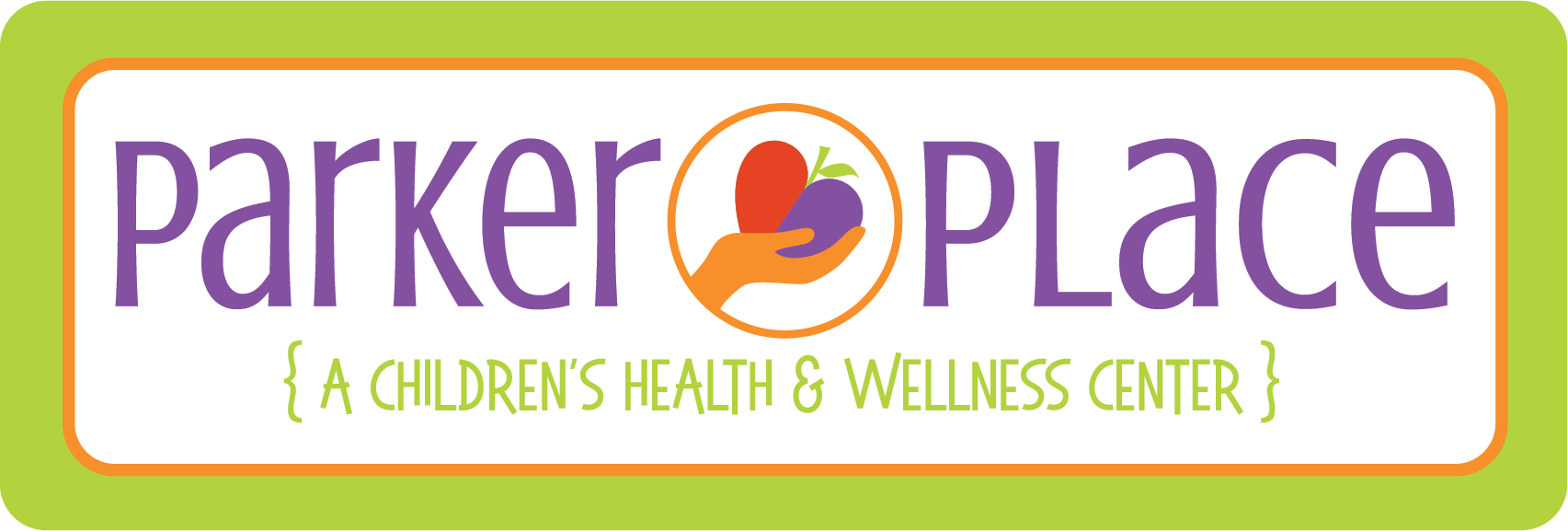How Exercise Affects the Brain
About two years ago, I went to a conference at the Institute of Lifestyle Medicine at Harvard Medical School. There were a number of engaging lectures, but one that really stands out in my mind was given by Dr. John J. Ratey. Dr. Ratey is an associate clinical professor of Psychiatry at Harvard Medical School who became interested in how exercise affects our brain and brain chemistry in his residency. During his talk he shared the story of a school system in Naperville, Illinois, a suburban town outside Chicago, that I found fascinating.
Exercise Affects the Brain
Naperville is a suburban town outside Chicago. In the 1990s, an energetic PE teacher in district 203 read an article describing the decreasing health of America’s youth due, in part, to an increased level of inactivity. He felt this was a call to him and other PE teachers to shift focus from teaching traditional games like baseball and football to a more fitness-based curriculum that teaches kids how to monitor and maintain their own health and fitness, lessons that will serve them for a lifetime.
Exercise Affects Literacy
What started as a change in curriculum developed into a series of experiments which have shown some impressive results. For instance, a program called Zero-hour PE was started for kids who were struggling with reading comprehension. A part of that group began a fitness-based PE class just prior to taking a literacy class to improve their scores. It turned out, all the kids who attended the extra literacy class improved their grades, but the kids who took the PE class increased their grades more than those who didn’t take the PE class. This new philosophy of fitness-based PE took hold in school district 203 and began including all of their students.
Exercise Affects the Body and Mind
In 2002, a sports physiologist evaluated Naperville’s student body and found that 97% were at a healthy weight for height, or BMI, much better than the national average. In addition, they were well above average in all areas of fitness testing. But, perhaps more striking than that, was the effects this had on the academic performance of the student body overall. Despite having a lower per-pupil expenditure, their students scored higher on statewide standardized testing.
The Results
Additionally, there is an international test called the Trends in International Mathematics and Science Study or TIMSS, which is taken by many countries around the world once every 4 years. Naperville asked to take the TIMSS as a “nation” by themselves. Amazingly, Naperville students finished first in science and number 6th in math. That same year, US students as a whole scored 18th and 19th respectively, in science and math. What a profound example of how exercise not only helps our bodies but also how exercise affects our brains!
Science Behind the Effect of Exercise
So, what is the science behind this incredible effect of exercise? When our body is movin’ and shakin’ our brains are making more neurotransmitters. Those are the chemical signals that allow brain cells, or neurons, to talk to one another. When our neurotransmitters, like dopamine, norepinephrine and serotonin, are in balance our mood improves, our attention increases, and we prime our brain for learning. In addition, exercise increases a protein called BDNF, brain-derived neurotrophic factor. Dr. Ratey calls this “Miracle-Gro for the brain.” It actually causes neurons to grow more branches, allowing stronger connections between cells and increasing our brain’s capacity to learn new things.
Learn More about How Exercise Affects our Brain
There is so much more to this story of the mind-body connection. If this has piqued your interest you’ll find Dr. Ratey’s national bestseller, “Spark, The Revolutionary New Science of Exercise and the Brain” fascinating. Better yet, help your kids to be active every day. Their teachers will thank you!

